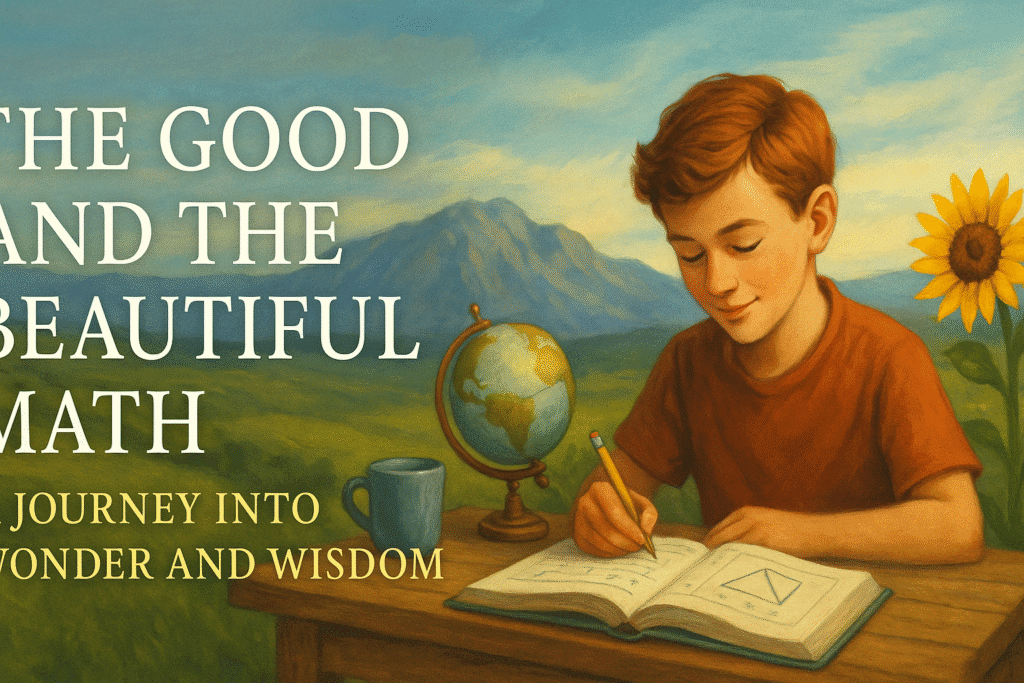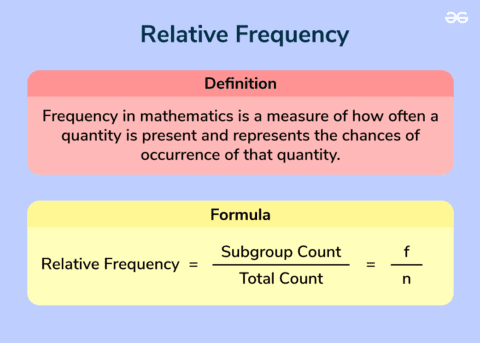The Good and the Beautiful Math: A Journey into Wonder and Wisdom
Have you ever opened a math book and felt… peace? Not stress. Not confusion. Just a quiet, curious joy. That was my experience when I discovered The Good and the Beautiful Math curriculum. If you’ve been around homeschooling communities or are just starting to explore alternative math programs for your child, chances are you’ve heard whispers about this beautifully designed and intentionally crafted resource. But what makes it so different? And why are so many families raving about it?
Let’s dive in—one human, heart-first reflection at a time.
🌿 Chapter 1: More Than Just Numbers
To be honest, when I first heard the phrase “The Good and the Beautiful,” I thought it sounded like a 1950s romantic film title. Turns out, it’s the name of an educational company that’s redefining what curriculum can feel like—especially for subjects we tend to see as dry or daunting, like math.
This isn’t just another workbook with drills and charts. It’s a whole experience. Think watercolor illustrations, real-world stories, gentle character-building themes, and hands-on learning.
Children aren’t just taught how to carry the one—they’re learning why math matters in real life, how it connects with nature, architecture, history, and even moral values.
And honestly? That’s the kind of education I wish I had.
🏡 Chapter 2: The Homeschool Mom Testimony
Let’s get real. The homeschooling parent is the ultimate product reviewer. If it’s not simple, effective, and soul-nourishing, it’s out.
I’ve chatted with dozens of moms (and yes, a few awesome dads) who swear by The Good and the Beautiful Math. They say things like:
“My daughter actually asks to do math now.”
“We’ve had fewer tears—and way more ‘aha!’ moments.”
“It’s like sitting down with a storybook that secretly teaches math.”
The curriculum’s visual beauty, intuitive structure, and focus on connection over correction have transformed math time from a battle zone into a bonding zone.
One mom shared how her son, who previously had anxiety around numbers, started opening up—not just about math, but about his thoughts and feelings too. That’s powerful stuff.
📚 Chapter 3: The Curriculum Breakdown
If you’re a detail-lover like me, here’s what you need to know:
Levels K through 6 are available (with higher grades in development).
Each level includes a course book, a box of manipulatives, and answer key.
Lessons are open-and-go—no prep required.
Lessons weave in literature, art, science, and stories.
Real-world applications are everywhere—from measuring kitchen ingredients to calculating birdhouse dimensions.
No flashy apps or digital gimmicks. Just paper, thoughtfulness, and time-tested methods.
And the pacing? Perfectly balanced. Fast enough to keep momentum, but slow enough to savor.
🎨 Chapter 4: Why Beauty Matters in Math
Here’s a question: why should math be beautiful?
Because children are not robots.
They crave meaning. They respond to wonder. They remember the lessons tied to emotion, imagery, and story.
The Good and the Beautiful embraces this truth wholeheartedly. Each page looks like it belongs in a nature journal or a storybook. The result? Kids linger. They trace patterns with their fingers. They talk about the pictures. They associate learning with calm and joy—not performance or panic.
It’s like turning math class into a cup of warm tea by the window.
🧠 Chapter 5: Rethinking Rigor
Now let’s talk rigor—because “gentle” doesn’t mean “weak.”
The lessons in this curriculum are solid. They cover core concepts thoroughly, from addition and subtraction to fractions, geometry, and beyond. But they do so in a way that feels meaningful rather than mechanical.
Instead of rapid-fire drills, you’ll find:
Word problems that feel like mini adventures.
Review activities disguised as games.
Spiral learning that actually sticks.
And here’s the kicker: because kids enjoy it, they often retain more. Joy = memory glue.
🤝 Chapter 6: Values and Virtues Alongside Variables
What really sets The Good and the Beautiful apart is the seamless integration of moral values.
Each level subtly weaves in themes of honesty, perseverance, kindness, and curiosity.
It’s not preachy. It’s purposeful.
You’ll find characters making thoughtful choices in the middle of a math lesson, or a story about a boy helping his grandmother measure flour for a cake. These tiny moments plant seeds.
In an age where content is often shallow or rushed, this feels like a return to depth. To purpose. To roots.
🧩 Chapter 7: Who Is It For?
This curriculum might not be for everyone—and that’s okay. Here’s who will likely love it:
Homeschool families seeking peace and beauty in their routine.
Kids who learn visually or kinesthetically.
Parents who want more than just grades—they want growth.
Anyone burned out by worksheets and screen-heavy lessons.
But if your child thrives on fast-paced tech tools or prefers competitive testing, this might feel too slow or gentle.
Still, many parents say it’s exactly the reset they didn’t know they needed.
📦 Chapter 8: What’s Inside the Box?
The manipulative kits deserve their own spotlight. These aren’t flimsy plastic counters or digital tokens. We’re talking tactile, sturdy, intentional tools—
Wooden place value charts
Puzzle-like number cards
Real-life measuring tools
Everything is designed for tiny hands and curious minds.
Unboxing it feels like opening a treasure chest.
🌍 Chapter 9: Math Meets the World
Another win? Integration.
You’ll see math show up in gardens, animal facts, map skills, and more.
This is how children learn best—by seeing the why behind the what.
One lesson might take them into the forest to count pinecones. Another might introduce them to patterns in Native American beadwork or ancient Egyptian architecture.
You’re not just teaching a subject. You’re opening a lens to view the world.
🧾 Chapter 10: Real Talk—Pros and Cons
Pros:
Visually stunning and emotionally calming
No prep required
Holistic learning approach
Values-driven content
Joyful, story-based lessons
Cons:
Not ideal for test-prep focused learners
Some kids may want more challenge or tech integration
May require extra support for higher-grade students (once you outgrow their current level offerings)
But hey—no program is perfect. What matters is fit. And for many, this is the missing puzzle piece.
💬 Final Thoughts: Math Can Be Beautiful
I never thought I’d use the word beautiful to describe a math curriculum. But here we are.
The Good and the Beautiful Math isn’t just about numbers. It’s about nurturing minds and hearts together. It’s about showing kids that math is everywhere—in trees, in stories, in moments of kindness.
It’s slow education for a fast world.
And sometimes, slow is exactly what we need.
So if you’re looking for a math experience that feels like poetry, with just enough practicality to build real skills—this might be your new favorite thing.
Go ahead. Open the book.
Let the beauty in.


